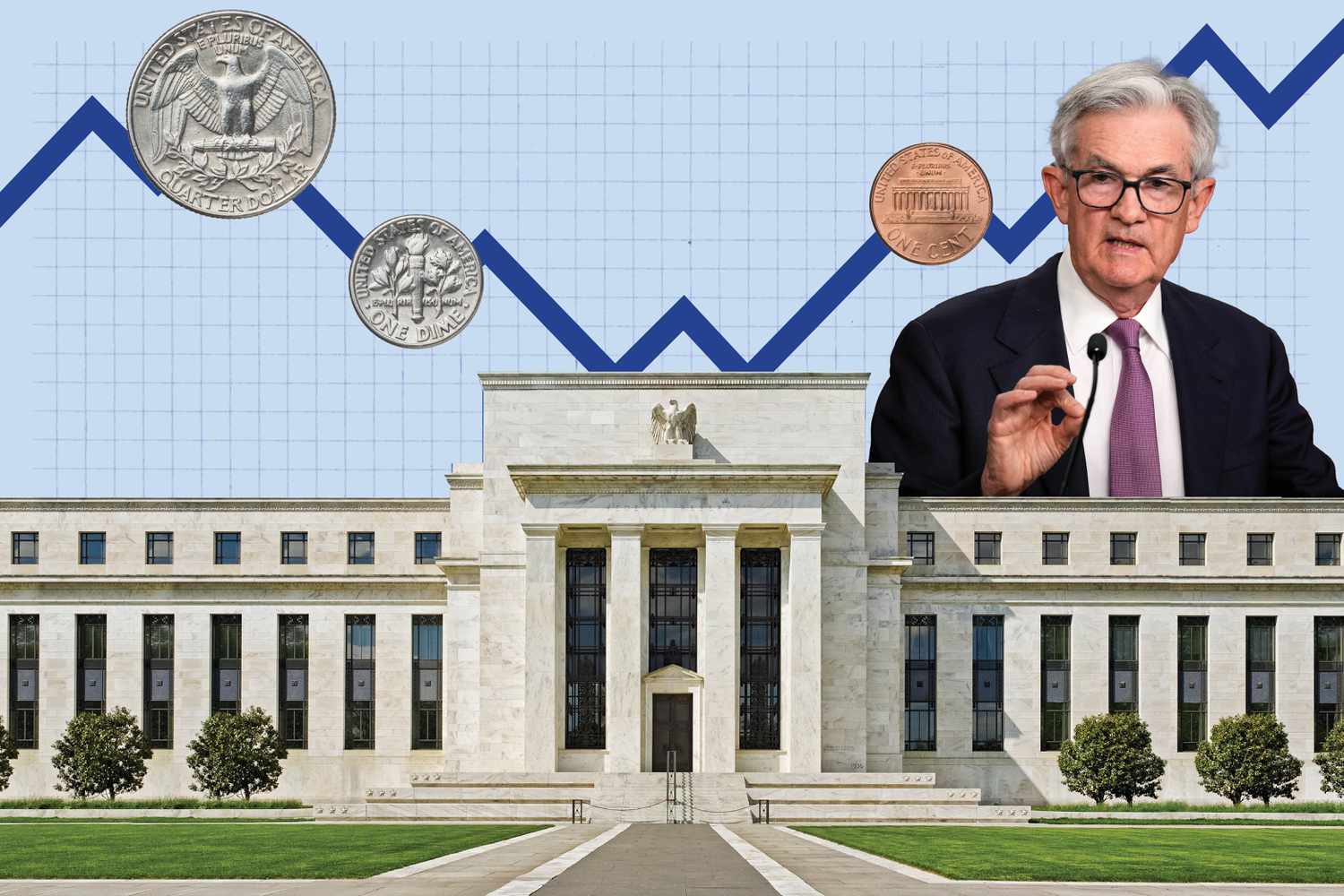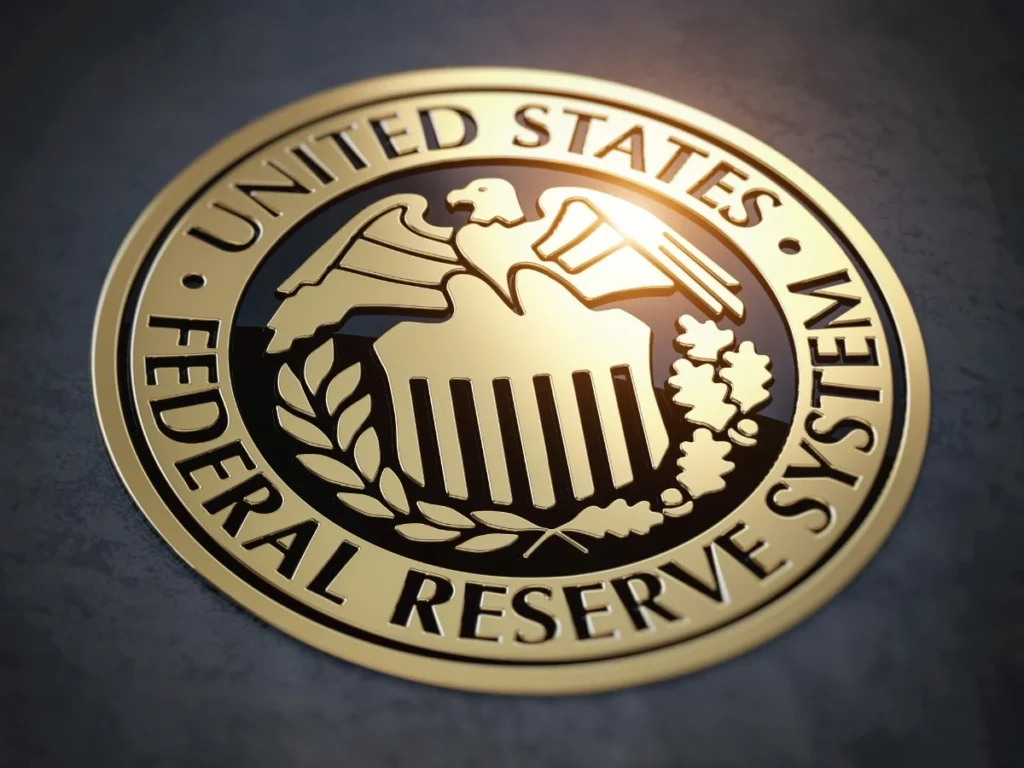
What Do Fed Meetings Really Mean for You?
Behind the Headlines of Rate Hikes and Cuts
Every few months, the news lights up with headlines like:
“Fed Hikes Interest Rates by 0.25%” or “Fed Signals Pause in Rate Cuts.”
But what does that actually mean—for your wallet, your investments, or your plans to buy a house or car?
Let’s break it all down in simple language, with real-life examples.

What Is the Fed?
🔍 First Things First: What Is the Fed?
The Federal Reserve (aka “the Fed”) is the central bank of the United States. Its job is to keep inflation under control, support employment, and maintain a stable financial system. One of its most powerful tools? Interest rates.
The Fed sets something called the federal funds rate—which is the interest rate banks charge each other to borrow money overnight. This rate trickles down and affects everything from your credit card interest to mortgage rates to stock prices.
📈 When the Fed Raises Rates (Rate Hike)
When the Fed raises rates, borrowing becomes more expensive.
- Credit cards cost more.
- Car loans and mortgages get pricier.
- Business loans are harder to get.
Why do they do this? Usually to cool down inflation. If prices are rising too fast (like gas, groceries, rent), higher rates slow things down. Less borrowing = less spending = lower inflation.
💡 What It Means for You:
- Stock Market: Stocks often go down short-term. Higher rates mean companies borrow less, spend less, and might grow more slowly.
- Planning to Buy a House or Car? Loans get more expensive. Your monthly payment goes up.
- Have Credit Card Debt? You’ll likely pay more in interest.
- Savings Account? Good news—banks might offer higher returns on your savings.
📉 When the Fed Lowers Rates (Rate Cut)
When the Fed cuts rates, it’s trying to stimulate the economy.
- Borrowing becomes cheaper.
- People and businesses are encouraged to spend more.
- The goal? To boost growth—especially during slowdowns or recessions.
💡 What It Means for You:
- Stock Market: Stocks usually go up. Cheap money often leads to higher profits and more investment.
- Planning to Buy a House or Car? Lower interest rates mean smaller monthly payments.
- Have Credit Card Debt? You might pay less in interest—but not by much. Credit card rates don’t fall as fast.
- Savings Account? Your bank might lower your interest rate.
🏦 Real-Life Example:
Imagine You’re Buying a House
- With high interest rates (7% mortgage): A $400,000 loan = ~$2,660/month
- With low interest rates (4% mortgage): That same loan = ~$1,910/month
That’s $750 more every month, just because of interest rates!
📊 What About Investors?
If you’re investing in the stock market—or thinking about it—Fed decisions are like ripples in a pond.
- Tech and growth stocks get hit harder when rates rise, because future profits are worth less today.
- Banks and value stocks often benefit when rates rise, due to better loan margins.
- Real estate stocks (REITs) may suffer when borrowing is more expensive.
Long-term investors don’t need to panic every time the Fed moves. But it helps to understand how policy shapes the financial climate.
🧠 The Takeaway: Think Like a Financial Weather Forecaster
- Rate Hikes = Cooling Down (slow the economy)
- Rate Cuts = Heating Up (stimulate growth)
These are not just Wall Street terms—they affect your mortgage, your credit card, your investments, and even your job prospects.
✅ Actionable Tips for You
- Buying a home soon? Shop for the best rate—but know it could rise after a Fed meeting.
- Investing? Don’t chase short-term moves. Think long-term, but stay informed.
- Carrying debt? Consider paying off high-interest credit cards before rates rise again.
- Savings? Compare interest rates on high-yield accounts when rates are rising.
Final Thoughts: Why It Matters
Fed decisions may sound like boring economic news, but they’re actually power moves that shape your financial life. The more you understand what’s going on behind the headlines, the more confidently you can make smart money moves.
Next time you hear, “The Fed just raised rates,” don’t just scroll past it—know exactly what it means for you.
📚 Want to Learn More?
Check out our beginner-friendly articles and video explainers at FutureFinanceLab.com. We’re breaking down finance, one simple concept at a time.
